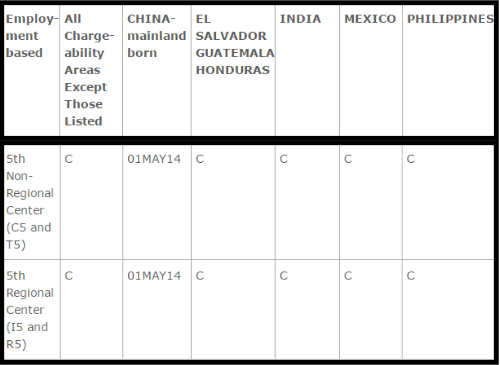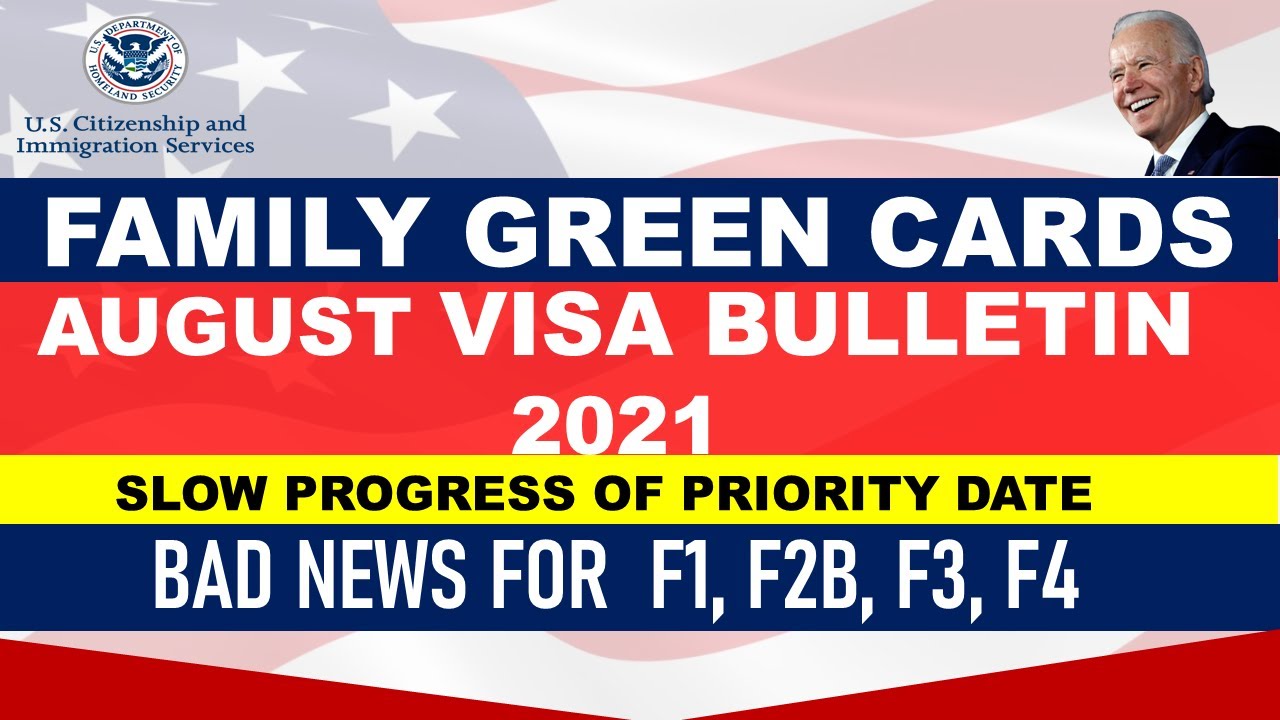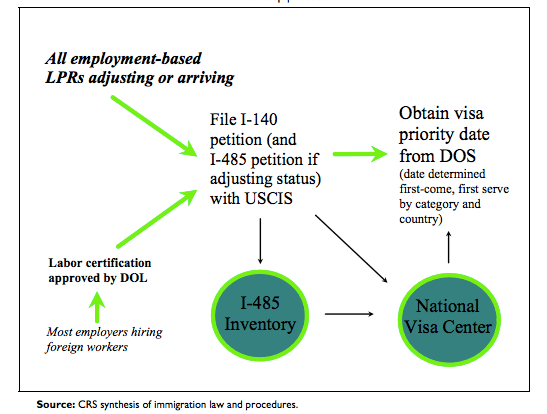

The child’s CSPA age will be calculated based on the second I-140 approval (from Company B) because this is the petition underlying the adjustment of status application.Which I-140 approval is used to calculate the child’s CSPA age?

The parents later filed an adjustment of status petition based on the second I-140 approval. The person then moved to Company B, where a second, I-140 was filed and approved.

A person received an I-140 approval from Company A.How is age calculated when I have multiple approved petitions?Īccording to the USCIS CSPA policy updated on November 13, 2020, CSPA age can only be calculated using the petition underlying the adjustment of status application. To see whether a son or daughter may be qualified for “child” status under CSPA, please see the scenarios described below. According to the USCIS Policy Manual, visa availability is defined as “the date of petition approval or the first day of the month of the DOS Visa Bulletin that indicates availability for that immigrant preference category and priority date according to the Final Action Dates chart, whichever is later.” To prevent this from happening in the future, the Child Status Protection Act (CSPA) was signed into law on August 06, 2002, to “freeze” the age of the child once both requirements are met: (1) the person has fulfilled the “sought to acquire” requirement and (2) a visa is available to him/her.įor family-based and employment-based filing, CSPA age is calculated by subtracting the number of days the underlying qualifying petition (I-130, I-140, or I-360) is pending from the applicant’s age on the date when a visa becomes available to him or her. The large backlog of cases at USCIS has caused some children, whose parents applied on their behalf before their 21 st birthday, to subsequently “age out” (turn 21 and no longer be considered for “child” status) before their case was adjudicated. These backlogs are a result of the 7% per-country limit on the percentage of visas that can be issued to people born in that specific country each fiscal year. Citizenship and Immigration Services (USCIS) has historically had large backlogs of cases for people who were born in countries that tend to have high numbers of people seeking visas, including people born in India and people born in mainland China. The Immigration and Nationality Act states that unmarried sons and daughters are only eligible to be considered for immigrant status as “children” if they are under the age of 21 when a visa becomes available to them according to the Department of State (DOS) Visa Bulletin Final Action Dates chart. Key criteria, examples, and how retrogression affects these filings are explained. Citizenship and Immigration Services (USCIS), the Department of State (DOS), and the Immigration and Nationality Act work together to manage immigrant status for individuals entering the U.S.


 0 kommentar(er)
0 kommentar(er)
